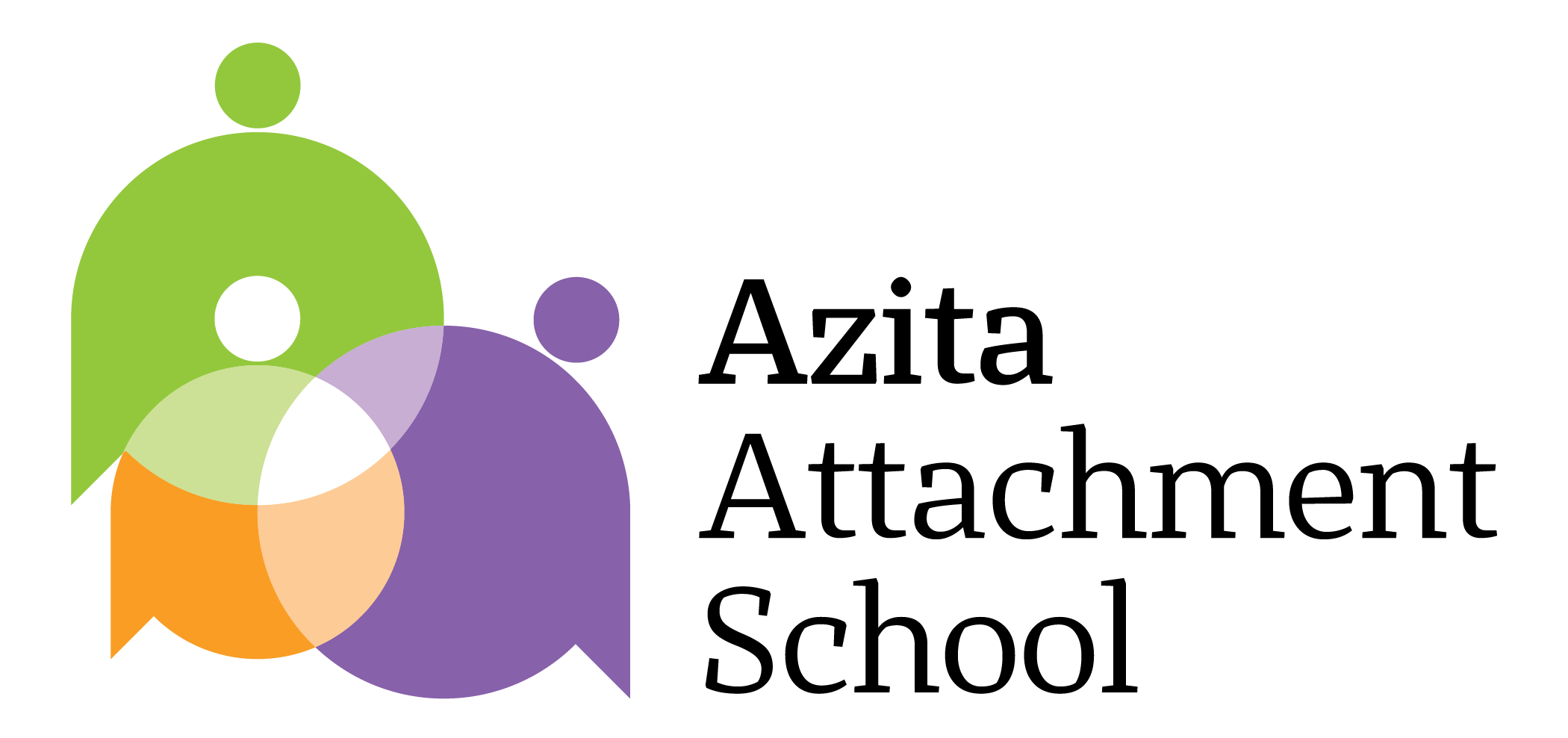Attachment theory helps us understand our children’s emotional patterns, recognize their hidden needs, and build a safe, responsive parenting style. In this article, we explore practical ways to apply this theory in everyday parenting.
Introduction
Parenting doesn’t come with a manual—but attachment theory offers one of the most scientifically grounded frameworks for building a secure and healthy relationship with your child. It not only explains your child’s emotional behaviors, but also challenges and transforms your parenting patterns.
Section 1: Parenting Is Not Just About Behavior—It’s About Relationship
From the lens of attachment theory, parenting isn’t just about rules or managing behavior—it’s about the quality of the emotional connection between parent and child. Three pillars form the core of this relationship:
- Emotional presence: Does your child feel you are truly with them during stressful moments?
- Consistent responsiveness: Are your reactions to your child’s emotions predictable, kind, and nurturing?
- Psychological availability: Does your child know they can talk to you and truly be heard?
Section 2: Your Own Attachment Style Shapes How You Parent
Attachment theory shows that our parenting style is deeply influenced by our own early attachment history. If you had secure attachment growing up, you are more likely to respond with confidence and consistency. But if your attachment was insecure or disorganized, you may unknowingly repeat patterns that create distress for your child.
- Parents with avoidant attachment may dismiss or minimize emotional needs.
- Parents with ambivalent attachment may become overly anxious or controlling.
- Parents with disorganized attachment may become emotionally overwhelmed in key parenting moments.
Section 3: How to Build Secure Attachment with Your Child
Creating a secure bond doesn’t require perfection—it requires repair and presence. As Dr. Daniel Siegel and Dr. T. Berry Brazelton emphasize:
- Make mistakes—and repair them. You don’t have to be perfect, but you do need to acknowledge your errors and take responsibility.
- Pay attention to the emotional tone of your relationship. Eye contact, vocal tone, touch, and daily interactions build the emotional fabric of attachment.
- Understand the Circle of Security. Does your child feel free to explore the world and return to you for comfort when needed?
Section 4: Practical Tools for Attachment-Based Parenting
- Reflect on your own attachment style. Self-awareness is the first step toward change.
- Expand your tolerance for difficult emotions. Crying, anger, and fear are signals—not threats—that need to be understood.
- Observe without judgment. Instead of labeling your child, get curious: what unmet need is behind this behavior?
Conclusion
Attachment theory teaches us that effective parenting flows from a secure and responsive relationship. It not only helps raise emotionally healthy children but also heals generational wounds. Attachment-based parenting is an invitation—to observe, to repair, and to grow—together.
Suggested reading:
“Attachment Styles in Children and Parents: A Practical Guide for Early Identification”


